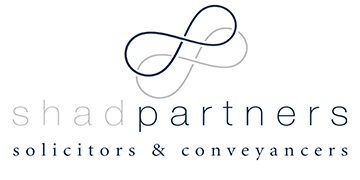When commencing a business venture, it is necessary to consider the most appropriate type of business structure to put in place. Different business structures have different benefits and disadvantages. This article looks at the sole trader business structure – how to set up as one and the pros and cons of this structure.
Key features
A sole trader business structure is where the business and the owner are one and the same. A sole trader is the sole owner of a business, has all of the control of the business and is entitled to all of the profits. There is no separate legal entity, other than the individual owner.
Setting up as a sole trader
A sole trader can trade under his or her own personal name or a business name. If a business name is to be used, then it must be registered with the Australian Securities Investment Commission.
If the business is to be run under the personal name of the sole trader, all that is needed is to register for an Australian Business Number (ABN). An ABN will also need to be obtained if a business name is registered. An ABN can be obtained online through the Australian Business Register.
Regardless of whether business is to be run under the personal name of the sole trader or a business name, a Tax File Number (TFN) is needed. If the sole trader has been employed in the past, it is likely that he or she already has a TFN which is sufficient for the purposes of running a business as a sole trader.
A sole trader must be registered for GST if his or her annual turnover is $75,000 or more.
Pros and cons
The advantages of setting up as a sole trader include:
- It is easy to set up, with minimal start-up costs and less paperwork than other structures
- A sole trader has complete control of the business and keeps all of the profits
- It offers privacy (in comparison to the reporting requirements of other structures)
- It is easy to change the legal structure later if need be
The disadvantages include:
- Unlimited liability of a sole trader for all debts of the business and all other liabilities (such as negligence)
- Tax is paid at the sole trader’s marginal tax rate, which may be higher than the company tax rate
- It can be difficult to raise finance
- The business ceases to exist upon the death of the sole trader. As such, continuity of the business is limited and succession planning is difficult
Conclusion
This type of business structure might be appropriate if the proposed business venture is small (with minimal capital investment) and/or the sole trader intends to run his or her business alone and without partners. That is because this is the simplest form of business structure, with lower establishment costs and with few legal and compliance requirements.
If you or someone you know wants more information or needs help or advice, please contact us on 02 9790 7000 or email [email protected]
